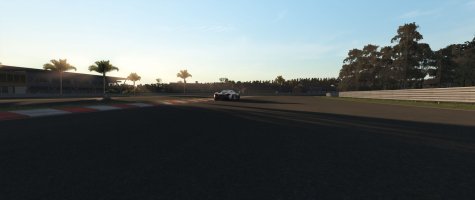Hey everyone,
I'm playing around with getting telemetry from Assetto Corsa shared memory using c#. and the shared memory library
I'm struggling to get the steering angle data from the sim/game and I was wondering if any of you could possibly point me in the right direction?
I have a basic console application in which I'm accessing the data, based on attached document.
Here's the basic code:
Problem I'm having is that the steerangle shows values from -1 to 1 which is ofcourse not an angle.
The car debug app that comes with assetto corsa does show steer angle per wheel in degrees in the suspension graph tab, so I'm wondering if anyone has a clue as to where this info is retrieved from?
Or where could I find the 'car debug' app so I could look at the code?
Thanks
Q
I'm playing around with getting telemetry from Assetto Corsa shared memory using c#. and the shared memory library
I'm struggling to get the steering angle data from the sim/game and I was wondering if any of you could possibly point me in the right direction?
I have a basic console application in which I'm accessing the data, based on attached document.
Here's the basic code:
using System;
using System.Runtime.InteropServices;
using System.Collections.Generic;
using System.Linq;
using System.Text;
using System.Threading.Tasks;
using System.Threading;
using AssettoCorsaSharedMemory;
using System.IO.Ports;
using System.Security.Policy;
using static System.Net.Mime.MediaTypeNames;
namespace AC_console_testing
{
class Program
{
static void Main(string[] args)
{
AssettoCorsa AssettoCommunicator = new AssettoCorsa();
AssettoCommunicator.Start();
AssettoCommunicator.PhysicsUpdated += ACPhysicsUpdated;
Console.Read();
}
private static void ACPhysicsUpdated(object sender, PhysicsEventArgs e) //get shared memory info whenever it changes
{
double SteerAngle = e.Physics.SteerAngle; // getting the steering angle info
Console.WriteLine("HDG: {0}", SteerAngle); // printing it out on the console
Console.WriteLine("");
}
}
}
Problem I'm having is that the steerangle shows values from -1 to 1 which is ofcourse not an angle.
The car debug app that comes with assetto corsa does show steer angle per wheel in degrees in the suspension graph tab, so I'm wondering if anyone has a clue as to where this info is retrieved from?
Or where could I find the 'car debug' app so I could look at the code?
Thanks
Q











